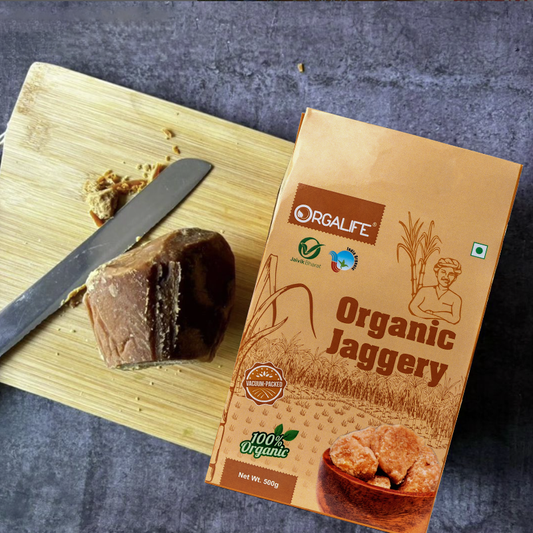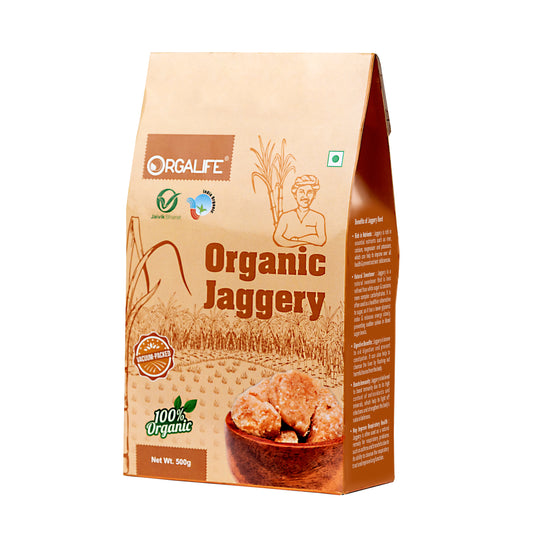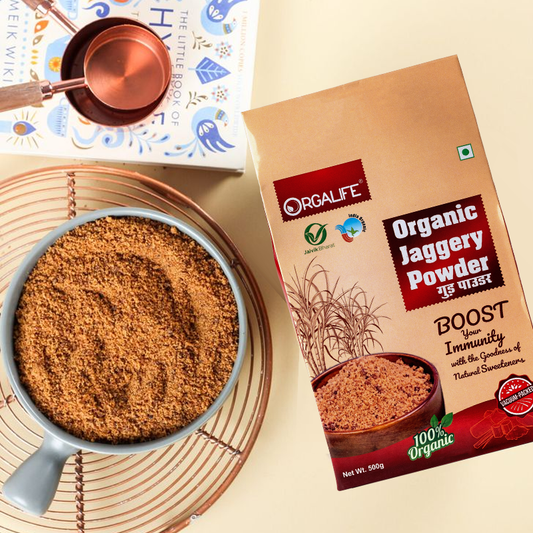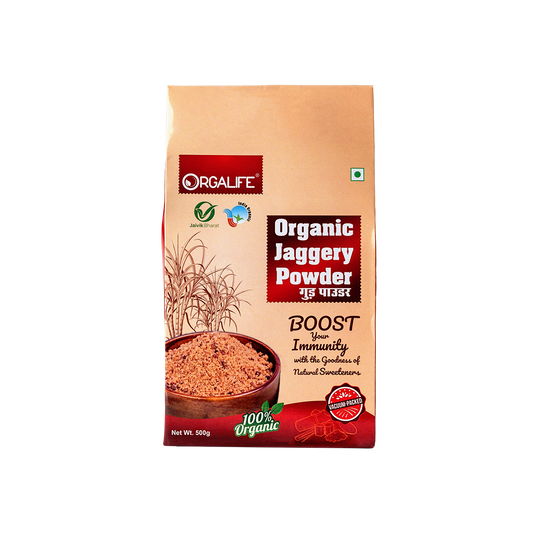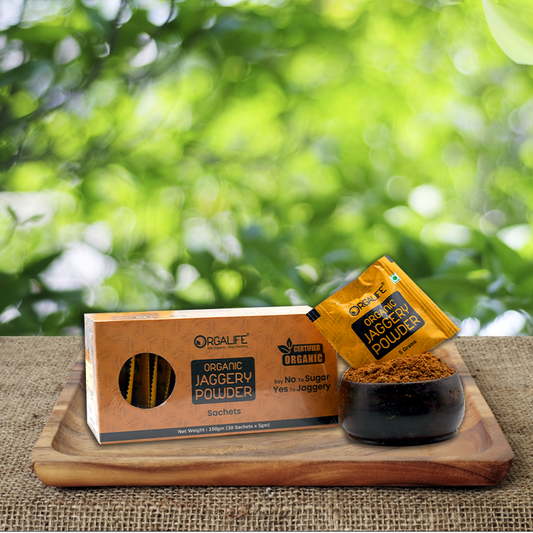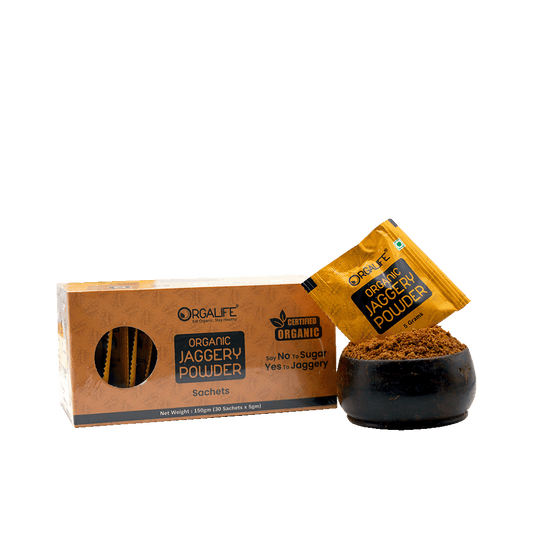5 Reasons Why Gud Pan Should Be Your New Healthy Habit
GUD PAAN, a traditional mouth freshener, holds a significant place in the culinary culture of South Asian countries like India, Pakistan, and Bangladesh. Known for its sweet flavor and refreshing properties, Gud Paan is often consumed after meals or during festive occasions, offering a burst of aromatic ingredients that invigorate the senses. This article explores the components, preparation, and cultural significance of Gud Paan.

What is GUD PAAN?
GUD PAAN, also known as "Sweet Betel Leaf," is a unique preparation involving betel leaves filled with a combination of sweet and aromatic ingredients. The primary component, betel leaves, are heart-shaped and rich in essential oils that give them a distinct flavor. The term "Gud" refers to jaggery, an unrefined sugar made from sugarcane or palm sap, which is a key ingredient in the mix.
What ingredients are used to make GUD PAAN?

Gud Paan's appeal lies in its harmonious blend of various flavors and textures. Here are the typical ingredients found in a Gud Paan:
Jaggery (Gud): The sweetening agent, jaggery, gives the paan its distinctive sugary taste. It is often used in a crushed or powdered form.
Cardamom: Known for its fragrant aroma, cardamom adds a hint of warmth to the paan.
Rose petals: These are the base of the gud paan, providing a slightly peppery and aromatic flavor.
Dry Paan: This component refers to dried and crushed betel leaves, providing an additional layer of flavor.
Saunf (Fennel Seeds): Fennel seeds add a sweet and licorice-like flavor to the paan, complementing the other ingredients.
How to make GUD PAAN?
To make Gud Paan, the betel leaves are first cleaned and laid flat. A small amount of jaggery is spread on the leaf, followed by the other ingredients: cardamom, mint, supari, dry paan, and saunf. The leaf is then folded or rolled into a neat package, securing the filling inside. Some variations may use a small toothpick or clove to keep the paan from unraveling.
Cultural Significance?
GUD PAAN is more than just a mouth freshener; it is a symbol of hospitality and tradition. In South Asian cultures, offering paan to guests is a gesture of respect and friendship. It is also commonly served at weddings, religious ceremonies, and other celebrations.
What is Ayurvedic Significance?
Moreover, Gud Paan holds a place in traditional Ayurvedic practices. Some believe it has digestive benefits and can act as a palate cleanser. While these claims require further scientific investigation, the popularity of Gud Paan continues to grow, attracting a diverse range of enthusiasts.

GUD PAAN is a delightful mouth freshener that encapsulates the vibrant flavors and aromas of South Asia. Its combination of jaggery, cardamom, mint, supari, dry paan, and saunf creates a unique experience that refreshes the mouth and uplifts the spirit. Whether enjoyed as an after-meal treat or offered to guests, Gud Paan is a testament to the rich culinary heritage of the region.

